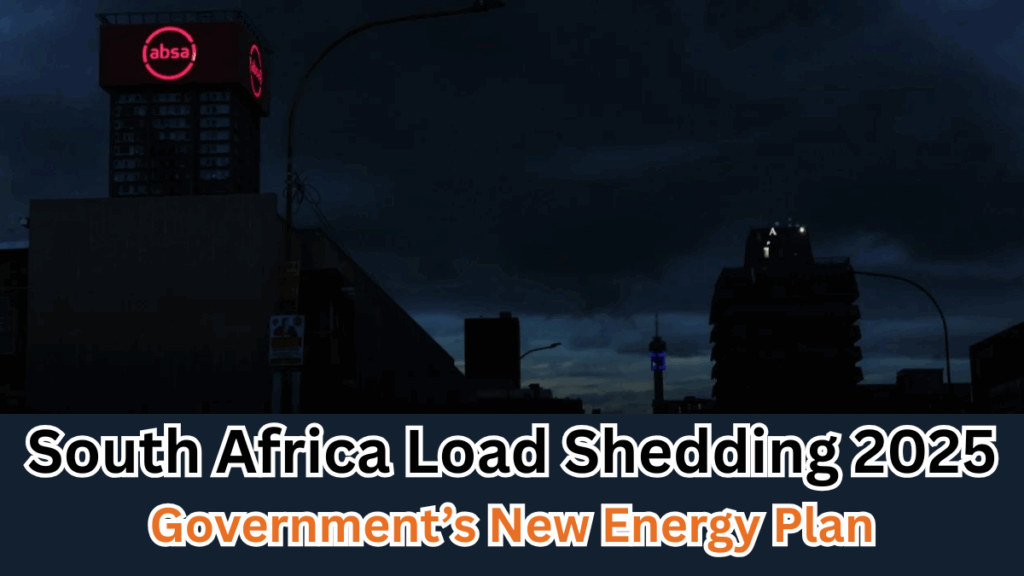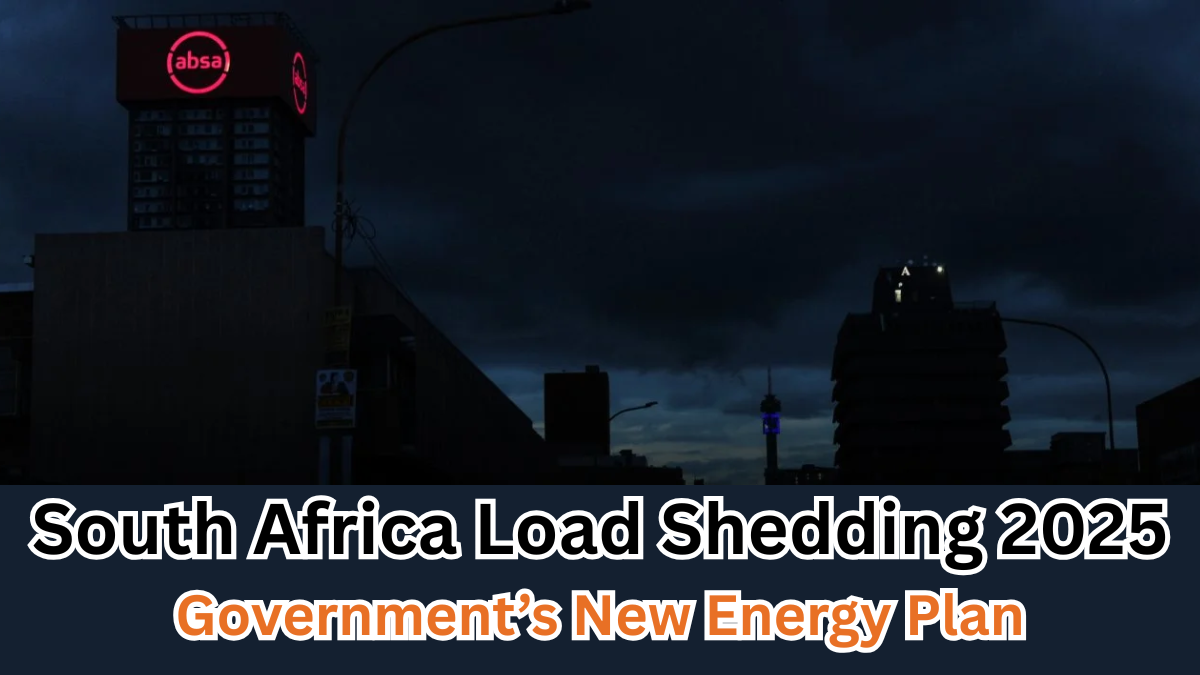South Africa’s energy landscape in 2025 is marked by a delicate balance between persistent challenges and promising reforms. While the nation has made strides in reducing load shedding, the power crisis remains a pressing issue. In response, the government has unveiled a comprehensive Energy Plan South Africa, aiming to stabilize the grid and transition towards a more sustainable energy future.

Understanding South Africa’s Load Shedding Crisis
Load shedding refers to the intentional and controlled power outages implemented to prevent the national grid from collapsing due to insufficient electricity supply. This measure has been a recurring challenge for South Africa, affecting homes, businesses, and industries alike.
Key Factors Contributing to Load Shedding
-
Aging Infrastructure: Many of Eskom’s power plants are outdated and prone to breakdowns.
-
Financial Strain: Eskom faces significant financial difficulties, impacting its ability to maintain and upgrade infrastructure.
-
Limited Generation Capacity: The demand for electricity often exceeds the available supply, leading to scheduled outages.
The Energy Plan South Africa: A Path to Stability
In early 2025, the South African government introduced an ambitious Energy Plan South Africa, focusing on both short-term relief and long-term sustainability.
Key Components of the Energy Plan
-
Infrastructure Investment: Allocation of R2 billion to upgrade and maintain existing power plants.
-
Renewable Energy Expansion: Increased investment in solar and wind energy projects to diversify the energy mix.
-
Policy Reforms: Implementation of new electricity laws to encourage private sector participation and reduce regulatory bottlenecks.
Embracing Renewable Energy: The Future of Power in SA
South Africa is increasingly turning to renewable energy sources to address the power crisis and reduce dependence on fossil fuels.
Renewable Energy Initiatives
-
Solar Power: The country has seen a significant increase in solar panel imports, with a 60% year-over-year rise, reaching a record 15 gigawatts in the 12 months ending June 2025.
-
Wind Energy: Projects like the Impofu Wind Power Farms Complex are under development, contributing to the growing wind energy capacity.
-
Government Programs: Initiatives like the Renewable Energy Independent Power Producer Procurement Programme (REIPPPP) aim to attract private investment in renewable energy projects.
Load Shedding Outlook: What to Expect in 2025
Despite improvements, load shedding remains a possibility in 2025. Eskom’s Winter 2025 power system outlook indicates that load shedding is not expected if unplanned outages remain below 13GW. However, if outages increase to 15GW, load shedding could be limited to a maximum of 21 days out of 153 days at Stage 2.
FAQs About South Africa’s Energy Challenges
1. What is load shedding?
Load shedding refers to planned power outages implemented by Eskom to prevent the national grid from overloading due to insufficient electricity supply.
2. How is the government addressing the power crisis?
The government has introduced the Energy Plan South Africa, focusing on infrastructure investment, renewable energy expansion, and policy reforms to stabilize the electricity supply.
3. What role does renewable energy play in the future of South Africa’s power supply?
Renewable energy sources like solar and wind are central to diversifying the energy mix, reducing dependence on fossil fuels, and mitigating the effects of load shedding.
4. Can we expect an end to load shedding in 2025?
While improvements are underway, load shedding may still occur depending on factors like unplanned outages and demand fluctuations.
Conclusion
South Africa’s journey towards resolving its power crisis is multifaceted, involving immediate interventions and long-term strategies. The Energy Plan South Africa represents a significant step forward, but continued investment in infrastructure and renewable energy is crucial to ensure a stable and sustainable electricity supply for all.
Click here to learn more
